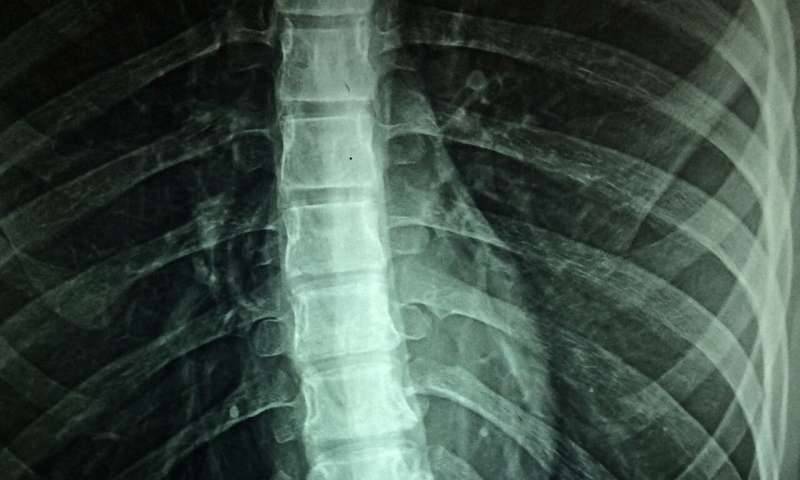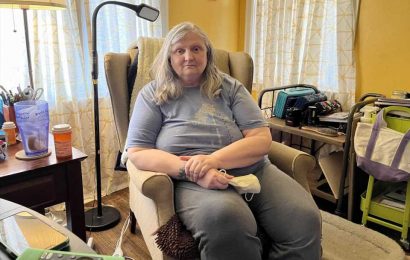
New research presented at ACR Convergence, the American College of Rheumatology’s annual meeting, shows that an artificial intelligence-based analysis model, called an artificial neural network, enables accurate detection of definite radiographic sacroiliitis in people with axial spondyloarthritis, an advance that could be useful for both diagnosis in the clinic and classification of patients for inclusion in clinical trials (ABSTRACT #2018).
Axial spondyloarthritis (AxSpA) is a type of spondyloarthritis. This inflammatory form of arthritis usually attacks the spine and pelvis. The main symptom in most patients is low back pain. Many people with axial spondyloarthritis progress to having some degree of spinal fusion, known as ankylosing spondylitis. AxSpA affects both males and females, usually developing before age 30.
If doctors suspect AxSpA, they typically recommend conventional radiography, or X-rays, of the sacroiliac joints. Magnetic resonance imaging (MRI) is also used to assess patients with suspected AxSpA. Researchers select patients for enrollment in clinical trials using classification criteria for their disease. Patients are classified as having either radiographic or non-radiographic AxSpA based on definite signs of the disease on their imaging seen by readers. However, the reliability of radiographic sacroiliitis assessment is known to be poor. Expert readers—as opposed to evaluation by local rheumatologists or radiologists—usually produce more reliable results, but they are not available in many locations.
One proposed solution to this problem is determining if an artificial intelligence (AI)based model can be used to analyze radiographs for improved accuracy of these readings making them comparable to the top experts. This study set out to develop and validate an artificial neural network model that uses AI technology to detect definite radiographic sacroiliitis as a manifestation of AxSpA.
“Conventional X-ray of sacroiliac joints is still the first and sometimes the only available imaging procedure to diagnose AxSpA in many parts of the world,” says study co-author Professor Denis Poddubnyy, Head of the Division of Rheumatology at Charité Universitätsmedizin Berlin in Germany. “Accurate assessment of radiographic sacroiliitis is relevant for making the correct diagnosis. In the presence of definite radiographic sacroiliitis in a patient with symptoms suggestive of spondyloarthritis, no other imaging procedures are normally needed, and treatment can be started right away. The presence or absence of radiographic sacroiliitis is also relevant for the inclusion in many clinical trials in spondyloarthritis. We see a big discrepancy between the local and central assessment of sacroiliitis reaching sometimes half of the cases.”
For the study, the researchers used conventional radiographs of sacroiliac joints from two independent cohorts of patients with AxSpA, including 1,669 radiographs used to train and validate the neural network, and 100 radiographs used as a test dataset. All the radiographs went through reading by both humans and the artificial neural network. Readers used the modified New York criteria to determine either the presence or absence of definite radiographic sacroiliitis. The researchers then analyzed whether the human readers or artificial neural network agreed.
The artificial neural network achieved excellent performance in accurately recognizing definite radiographic sacroiliitis in these patients, with high ratings of sensitivity and specificity, the study’s findings showed. This artificial intelligence-driven model could enable accurate detection of sacroiliitis, making it relevant for both diagnosis of patients in the clinic and classification of AxSpA when selecting patients for clinical trials.
Source: Read Full Article


